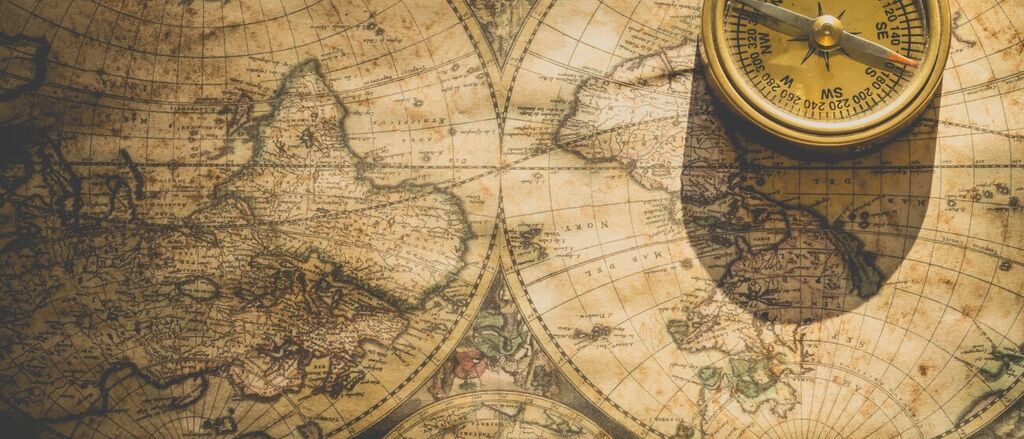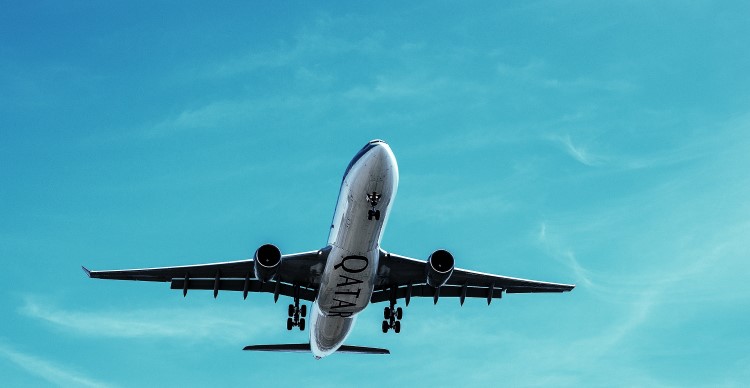
Why are flights shorter when flying from west to east?
Tuesday, April 9, 2019
It’s easier to fly from west to east rather than the other way around.
We’ve also wondered… Why is our flight from Manchester to Dubai one hour shorter (more or less) than our flight back from Dubai to Manchester? There is an explanation for that and, although it has a bit to do with it, the rotation of the planet is not the correct answer.
We’ve set out to find the culprit of why we’re ‘wasting’ (I love cloud spotting so I don’t get flustered by the extra time above them) one hour up in the air when flying from east to west.
Wind is responsible for different flight times. The correct term: Jet Stream
Frank Taylor, author of one of the first articles that explained what jet streams are, called them “high-flying rivers of wind”. The description itself is more than 50 years old, but it still fits these weather phenomena perfectly.
The reason for the different flight times is simply the wind. Ok, granted, it is way more complicated than just the wind, but you have to contemplate on the fact that there are a couple of high-speed wind highways 10,000 metres up in the sky. These tubes form near the poles and also near the tropics due to the difference in temperature between the cold polar air and the warmer tropical air. Theoretically, wind would flow from the warmer areas to the colder parts of the globe. However, the Coriolis effect, caused by the rotation of the earth, causes winds to move right, in the direction of motion, in the northern hemisphere and left in the southern, making the wind blow east. If airplanes fly east, they will be able to access these currents and fly with a tailwind. Conversely, when flying west, they will encounter some headwind.
You can find a more elaborate explanation in this video:
How do airlines use jet streams?
The windy lanes are included in the planning of flight routes. If an aircraft is in the jet stream, the speed of the wind can be added to that of the aircraft and a shorter flight time can be achieved accordingly. The first time this happened was in 1952, by the way. A flight from the airline Pan-Am was scheduled for the route Tokyo-Honolulu specially in a jet stream. The flight time for this route was 18 hours, but it was reduced to 11.5 hours by planning into the jet stream. This made it possible to scrap the layover needed to re-fuel and direct flights from Tokyo to Honolulu started operating regularly.

How does the jet stream affect an airplane during flight?
We know what you’re thinking: “ok, cool we’re going fast; however, I hate turbulence and want to sleep for most of the flight. Furthermore, are jet streams a threat to our safety?”
Firstly, air travel remains one of the safest modes of transport regardless of whether you’re getting into one the air tubes or not. When in the jet stream, you won’t even notice that you are going almost at the speed of sound (sometimes even faster than but without breaking the sound barrier). However, as stated in the video above, the jet streams bend and turn and only consist of about 100 kilometres wide and just a handful in depth. So, aircraft can get in and out of jet streams several times even while flying one single route. That’s the bumpy part. However, movement between regular air and the jet stream is not dangerous at all. Nowadays, it’s just part of the daily business of pilots, entering and exiting jet streams.
So when it comes to flying inside these sky highways; rest assured, you are safely in the hands of some of the most experienced professionals there are. Unless you are a very light sleeper, or if the weather conditions are exceptionally horrible, you’ll be able to snooze off during your flight.
You’ve been in the jet stream but still arrived with 3+ hours of delay? Claim your compensation!
Despite jet streams, accurate planning and good preparation, flight delays, cancellations or overbooking can occur from time to time. To the annoyance of the passengers, it is usually also not clear why their flights have to be cancelled or delayed. Oftentimes, airlines blame the weather but, as it turns outs, operational reasons or technical defects are the causes for the disruptions and exactly then are passengers entitled to compensation!
Not sure you're entitled to compensation? Then check your flight easily and quickly with our compensation calculator!
Don't want to miss out on any new blog entries? like and follow us on Facebook and Twitter.
Trustpilot-Reviews of Flight Delayed



Did you like this content ?
Thanks you made our day!
Therapy is expensive - help us be better!
Well received, thanks!